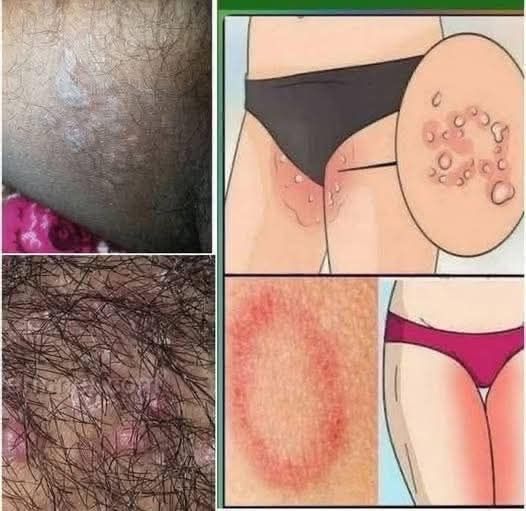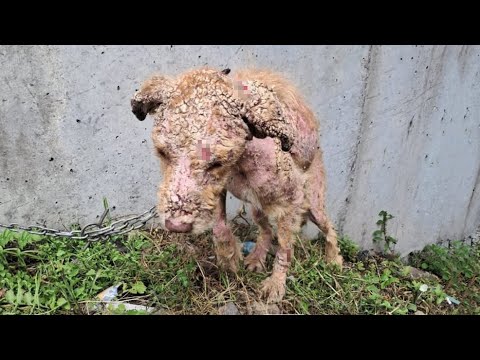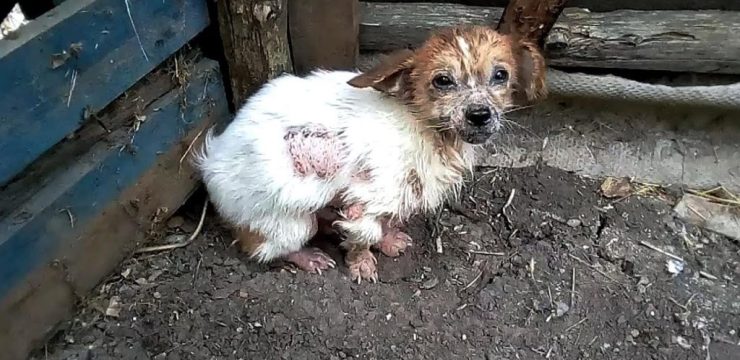That uncomfortable itch, burning sensation, or cluster of bumps in your groin area might seem like a small hygiene issue—but in many cases, it’s your body’s way of warning you that something isn’t quite right.
Many people brush off groin discomfort as the result of tight clothing, sweat, or shaving. While those can certainly play a role, sometimes these symptoms point to deeper skin or health conditions that shouldn’t be ignored. Before you reach for a random cream or assume it’s “no big deal,” it’s important to understand what might actually be happening beneath the surface. What appears to be a minor irritation could be an early sign of infection, inflammation, or another condition that needs proper attention.

What’s Really Going On Down There?
The groin area is warm, enclosed, and often exposed to friction—all of which make it a perfect environment for irritation and infection. Two of the most common culprits are ingrown hairs and folliculitis, but there are other possibilities as well. Let’s take a closer look at each and how you can handle them safely.
1. Ingrown Hairs: A Common but Annoying Problem
Why They Happen:
Ingrown hairs form when a strand of hair curls back into the skin or grows sideways instead of straight out. This can lead to redness, swelling, and small, pimple-like bumps that sometimes fill with pus. It’s especially common after shaving or waxing.
What Causes Them:
-
Shaving too closely or using dull blades
-
Wearing tight, non-breathable clothing
-
Using harsh hair removal methods
-
Having coarse or curly hair that’s more likely to loop under the skin
What They Look Like:
Ingrown hairs often appear as small red or pink bumps that can be tender to the touch. In some cases, they resemble acne or small whiteheads. The area may feel itchy, warm, or slightly swollen.
How to Treat Them:
If you notice ingrown hairs, resist the urge to pick or squeeze them. Instead:
-
Apply a warm compress for a few minutes to reduce swelling and help release the hair naturally.
-
Gently exfoliate the area to remove dead skin cells that can trap hairs.
-
Avoid shaving or waxing until the skin heals.
-
In more severe cases, seek medical advice to prevent infection.
According to the American Academy of Dermatology, using clean razors, shaving in the direction of hair growth, and moisturizing afterward can dramatically reduce the risk of ingrown hairs.
2. Folliculitis: When a Rash Is More Than It Seems
What It Is:
Folliculitis occurs when hair follicles—the tiny openings where hairs grow—become inflamed. This inflammation is often caused by bacteria, yeast, or even simple friction from clothing. It can appear after shaving, sweating, or spending time in damp or tight clothing.
Why It Happens:
-
Trauma from shaving or waxing
-
Wearing tight or synthetic underwear
-
Using hot tubs or pools that aren’t properly sanitized
-
Bacterial or fungal infections that thrive in warm, moist areas
How to Recognize It:
Folliculitis usually appears as clusters of red or white-tipped bumps around the hair follicles. The area may feel itchy, sore, or produce a mild burning sensation. The skin can also become sensitive or painful to touch.
Treatment and Prevention:
-
Wash the area gently with antibacterial soap and keep it clean.
-
Apply over-the-counter topical antibiotics or antifungal creams as recommended by a healthcare provider.
-
Use warm compresses to soothe irritation and promote healing.
-
Wear loose, breathable clothing to reduce friction and moisture buildup.
If the bumps don’t improve within a few days, or if they spread or become painful, see a healthcare professional. Persistent folliculitis may require prescription-strength antibiotics or other treatments.
When to Worry: Signs of a Bigger Problem
Most cases of groin irritation are harmless and respond well to basic care. However, if your symptoms return frequently or seem to worsen, it could indicate a more serious condition. Persistent irritation, unusual discharge, or painful sores may signal a fungal infection, a skin condition, or even a sexually transmitted infection (STI).
That’s why it’s important to listen to your body and seek medical advice if you notice ongoing discomfort. A healthcare provider can perform tests to determine the root cause and recommend the right treatment, helping you prevent complications down the line.
The Bigger Picture: Why Body Awareness Matters
Your body has a remarkable way of communicating when something is off. Persistent itching, irritation, or skin changes—especially in sensitive areas—are not just minor annoyances. They’re early warning signs that deserve attention. In a time when online health misinformation spreads easily, understanding your body’s signals is your best line of defense.
Good hygiene practices, regular self-checks, and wearing comfortable, breathable clothing can go a long way toward preventing irritation. Avoid harsh soaps or heavily perfumed products, as they can dry out or irritate the skin. Always dry the area thoroughly after bathing or exercise, since moisture provides the perfect environment for bacteria and fungi to thrive.
Health is about more than just physical appearance—it’s about staying aware of how your body feels day to day. From sudden fatigue to recurring skin issues, these subtle signs can tell you a lot about your overall well-being.
Final Takeaway
If you’ve been dealing with persistent groin itching, burning, or bumps, don’t dismiss it. Sometimes it’s harmless, but other times it’s your body’s way of signaling a problem that needs attention. Early detection and treatment can prevent discomfort from turning into something more serious.
Take the time to care for your skin, choose clothing that allows it to breathe, and be mindful of how it reacts to shaving or other grooming habits. And when in doubt, consult a healthcare professional rather than guessing or relying on unverified home remedies.
Your body knows when something’s wrong—it just needs you to listen. Paying attention to those small discomforts today can protect your health tomorrow. Share this information with family and friends—it might help someone else catch an issue before it becomes a bigger problem.





